How Pilates Can Transform Your Life
I’m going to cut right to the chase and let you all know that I think pilates is completely underrated! And if you disagree, let me change your mind. I mean, what other exercise allows you to bend, stretch, and flex your strength in a single session? To me, pilates is the epitome of a good time.
Aside from the fact that it has a ton of physical benefits, pilates also does wonders for the mind and soul. At the end of every session I always felt lighter. It allows me to begin the day with a sense of stillness, or it helps rid my mind of any stresses. It emanates a sense of calmness that I just don’t experience from any other exercise.
Don’t get me wrong, I still love my weightlifting sessions, but since incorporating regular pilates into my weekly schedule I’ve noticed increased strength and mobility, and I’ve been way more motivated to workout. It’s actually helped with my lifts!
The benefits I’ve experienced since starting pilates have completely exceeded my expectations, and I can confidently say it’s changed my life for the better. And if that’s not enough to convince you of how great it is, then you best keep reading!
So, What Actually Is Pilates?
Pilates is a form of low-impact exercise that concentrates on balancing out your strength and flexibility. With a particular emphasis on core strength, the goal is to improve your posture and ability to move freely. Not only does this enhance your physical fitness, but it enhances our quality of life.
I think it’s important to point out that core strength doesn’t just involve your abdominal muscles. It also works the muscles in your posterior chain, quads, arms and chest, making pilates a great full body workout.
What is the difference between mat pilates and reformer pilates?
One of the reasons I enjoy pilates so much is because I regularly switch things up between the mat and reformer. Whilst these activities may seem strangely different, they carry very similar benefits. The main difference really being the equipment that is used.
I also find reformer pilates to be a little more intense. It’s my go-to workout when I want a good sweat session, but I’m not in the mood for lifting heavy weights. Using the reformer machine is great because the springs add extra intensity, allowing you to still feel the burn (like you would in a regular strength session) without adding too much stress to the joints or muscles. Win-win!
On the other hand, mat work is great for exercising control over the muscles and working on bodyweight movements. I used to SUCK at push-ups and planking, but the progress I’ve made in only a few mat sessions is crazy.
Isn’t pilates just the same thing as yoga?
Another common misconception that I’m going to bust. To sum up this myth quickly and simply. yes, pilates and yoga have their similarities. No they are not the same. The key difference being that pilates focuses more on strength, whereas yoga focuses more on flexibility.
Pilates can also involve equipment such as dumbbells and resistance bands, whereas yoga only really uses the mat, blocks and occasionally straps.
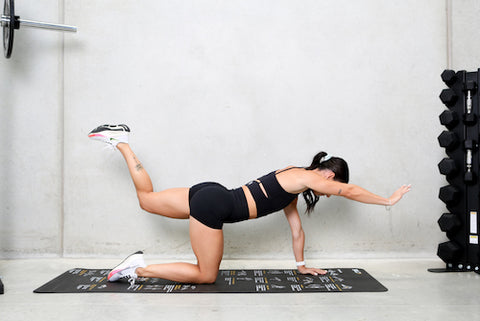
The Benefits of Pilates
I’ve already touched on a few benefits I’ve personally experienced since starting pilates, but that doesn’t even begin to scratch the surface. There are so many physical and mental gains that come from regular pilates practice you’ll be kicking yourself that you didn’t start sooner.
Increased energy levels
A colossal part of pilates requires you to focus on your breath. Each inhale and exhale is completely purposeful and aligned with the movement you are performing. By performing this breath work you’re actually helping to boost your energy levels. This is because you’re helping deliver more oxygenated blood around the body, which fuels your energy stores.
Improves mobility
A typical pilates workout involves slow, precise and controlled movements, combining stretching with strength work. These are the perfect two ingredients for bettering your mobility, which refers to the range of movement at your joints.
Lowers your risk of injury
Because pilates focuses on simultaneously developing strength and flexibility it teaches our body to move the right way, in turn lowering our risk of injury. This is because as our muscles become stronger our bodies become more aligned, balanced, minimising the chances we move in a damaging way.
How pilates can help reshape your body
Build lean muscle mass
Pilates focuses on using your body weight, light weights, and/or the reformer machine to exercise against resistance, which is an excellent way to develop strength. Unlike a heavy weight lifting session, pilates places more of an emphasis on building lean muscle as opposed to big (or bulky) muscle. This leads to greater muscle definition, or what many people call a ‘toned’ physique.
Can enhance fat loss
Now, I’m not sure who needs to hear this, but let’s get one thing straight. You can not spot reduce fat. So, no, pilates doesn’t make you skinny just because it predominantly uses the core. Pilates can help you lose weight however by helping you get into a calorie deficit.
In simple terms, a calorie deficit is when you expend more calories than you consume. More comes out than what goes in. Paired with a well-balanced diet, pilates can help you burn extra calories helping you achieve a calorie deficit.
Improves posture
By placing emphasis on your alignment, the techniques used in pilates target the muscles in your core, elongating the body to improve your posture. Having good posture gives the illusion that we are taller and thinner, changing the way we look.
How does pilates impact your mental wellbeing?
Boosts your mood
Like all types of exercise, pilates helps to release our happy hormones (endorphins), which leaves us feeling good post-exercise. This is something I’ve definitely experienced. I’ve always finished a pilates practice feeling better than when I started.
Relieves stress
The same way pilates can increase your energy levels, it can decrease stress, and this is all to do with your breath. By regulating your breathing you can regulate your nervous system. As a result, this can help to lower stress and cortisol levels over time.
- Written by Madeline Uto, Marketing & Communications Manager

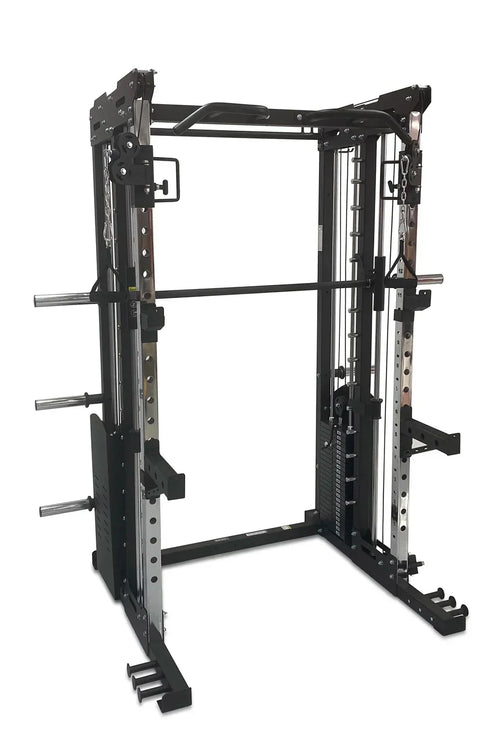
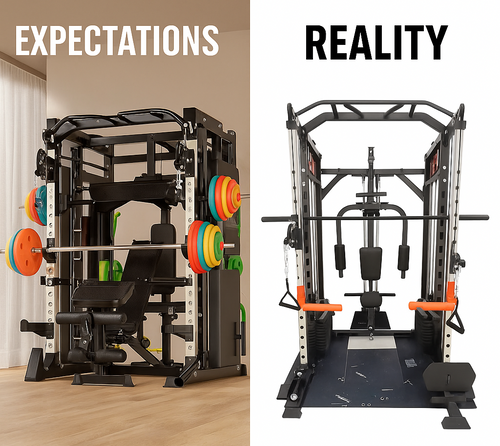
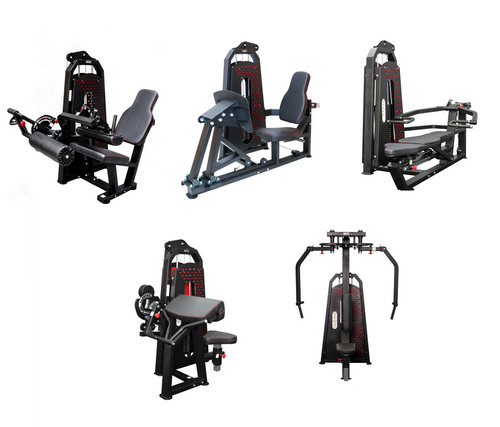
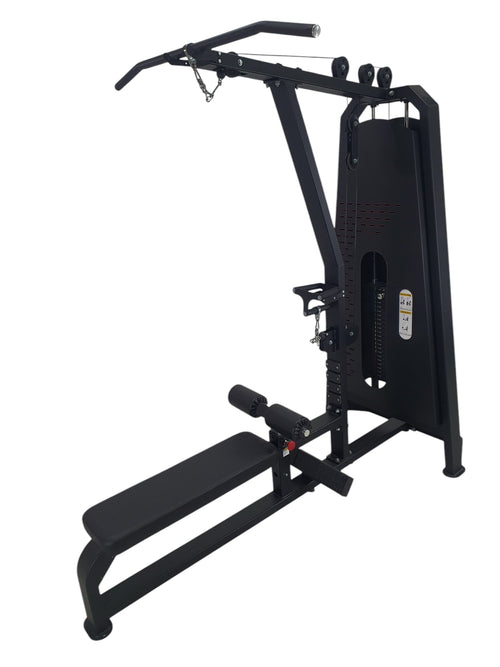
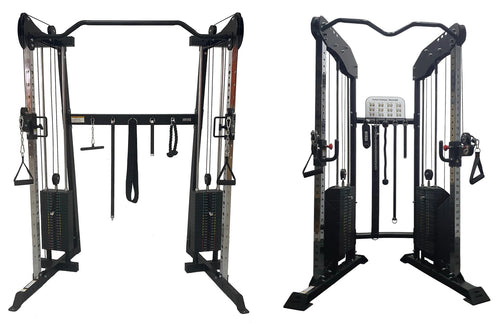
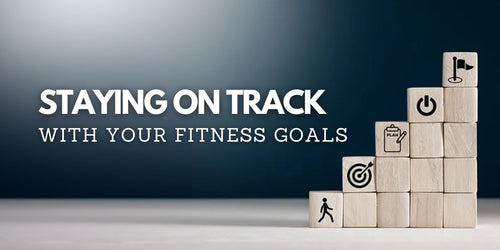
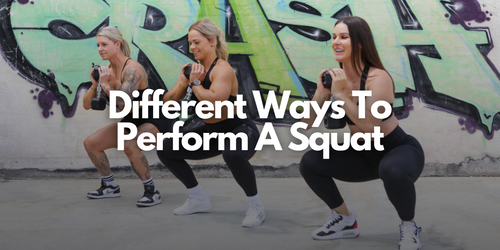
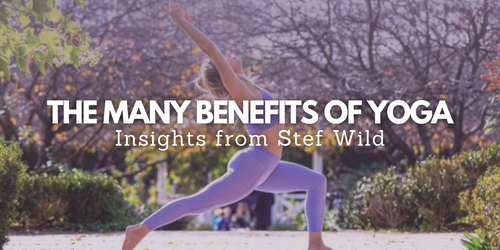
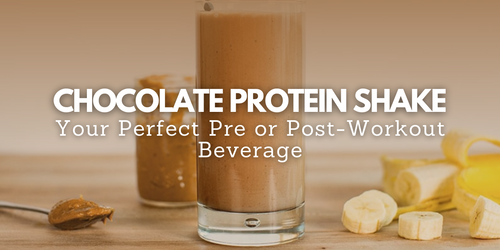
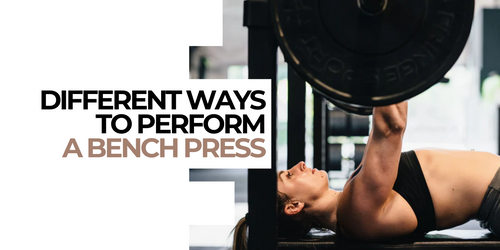
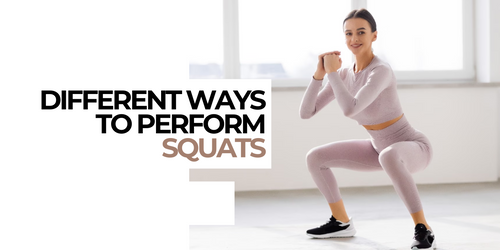

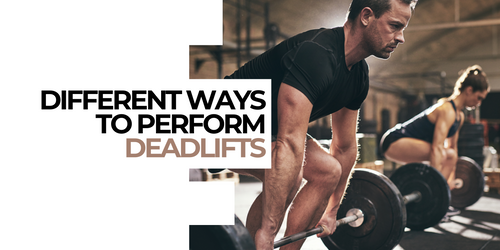

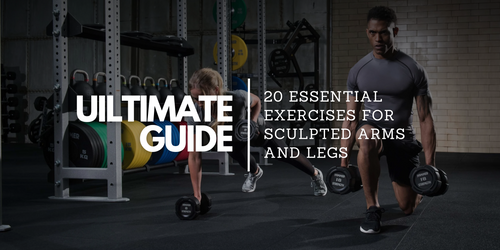
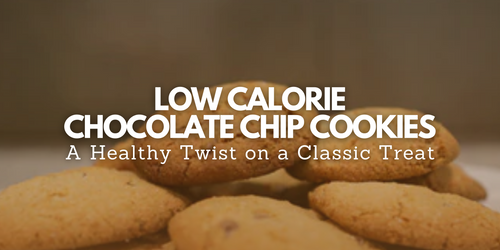
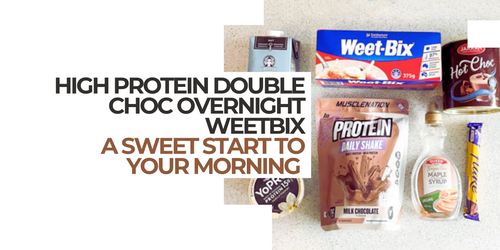
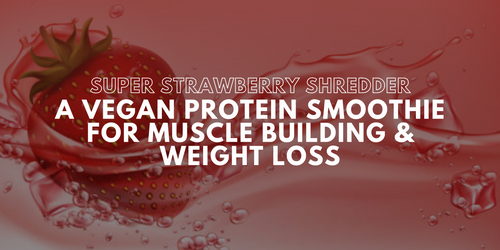
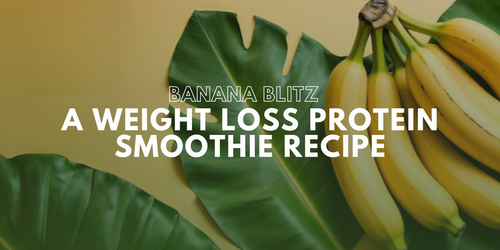
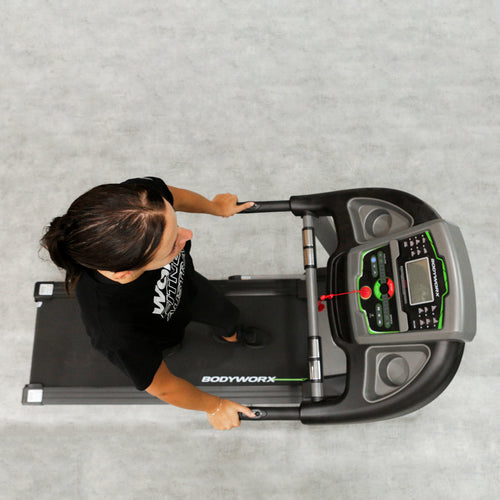
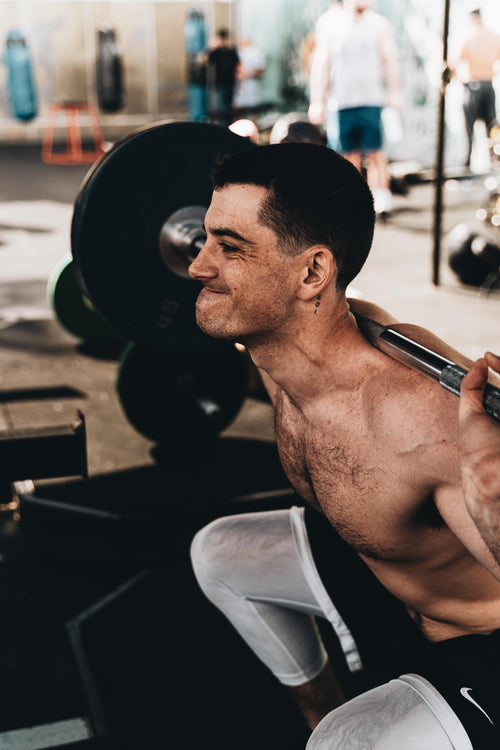
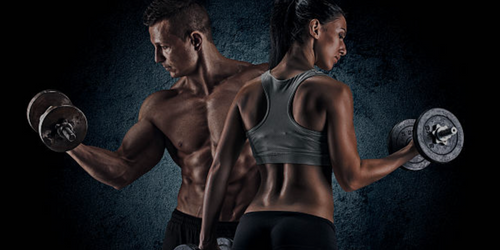
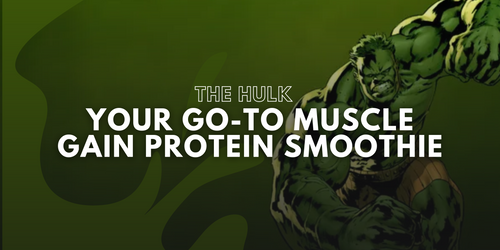
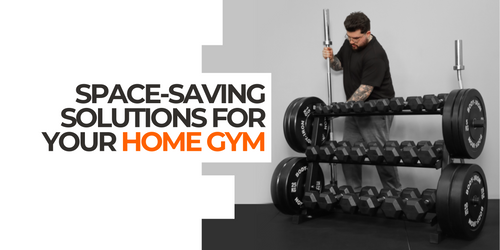
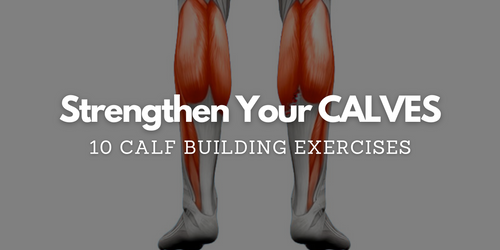
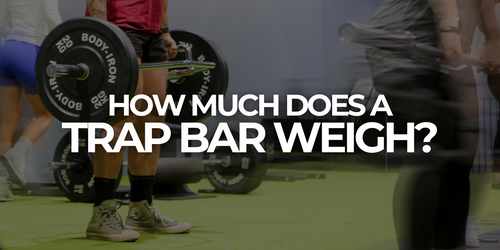
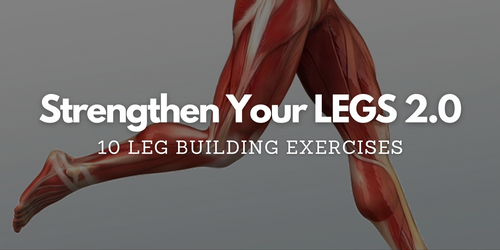
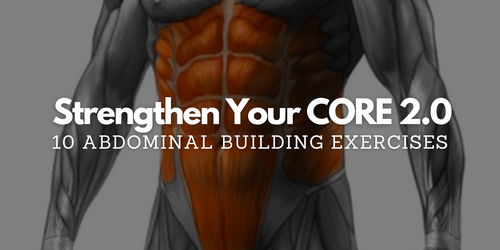
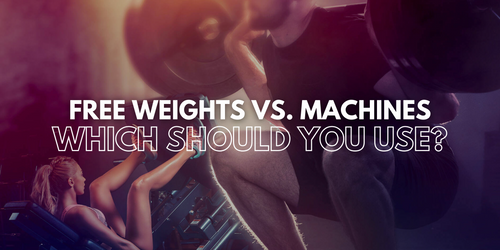
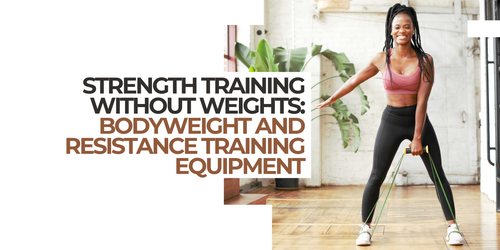
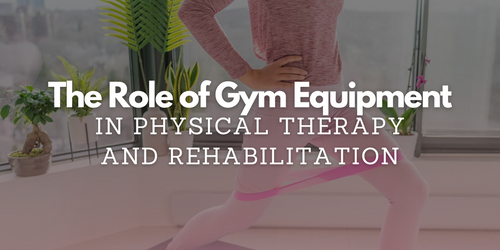
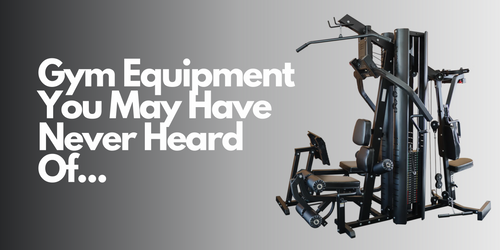
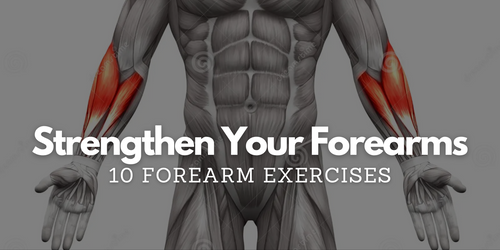
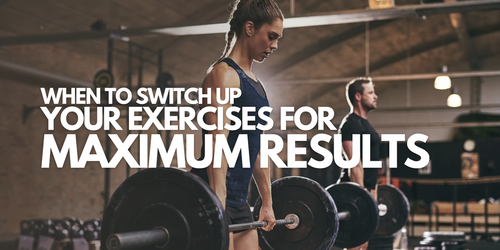
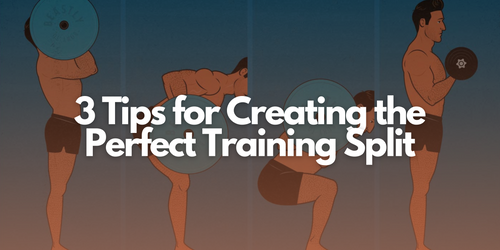
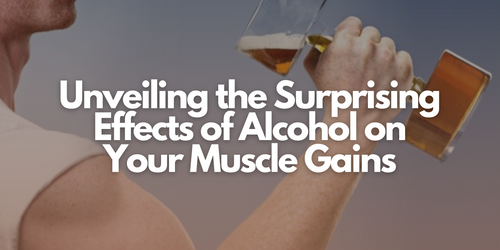
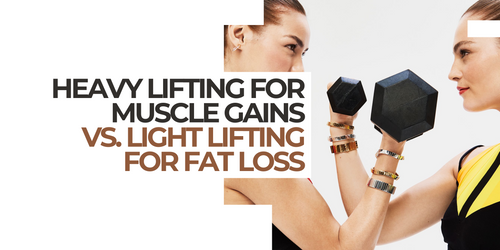
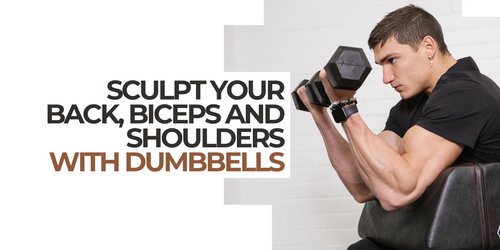
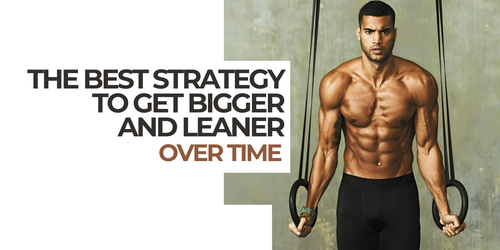
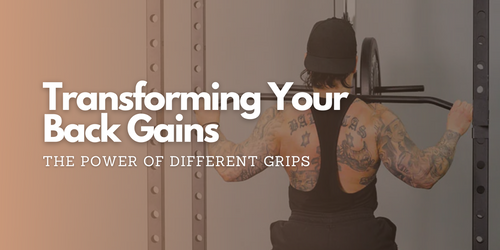
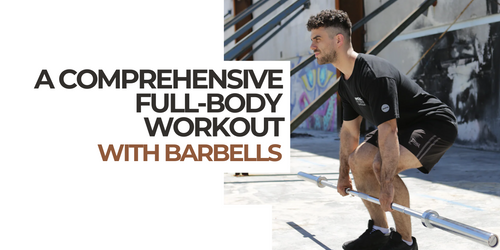
Leave a comment